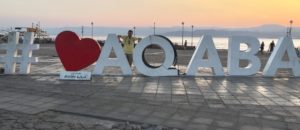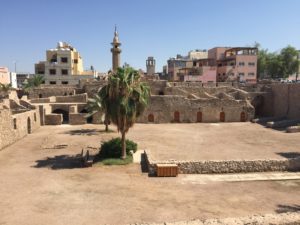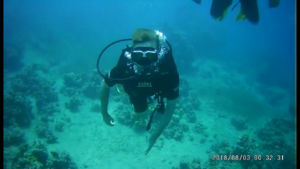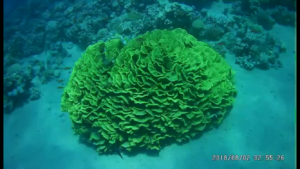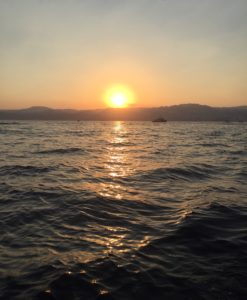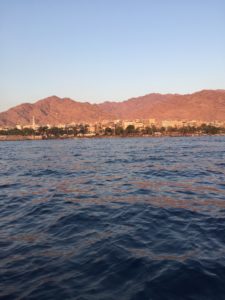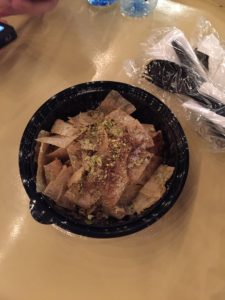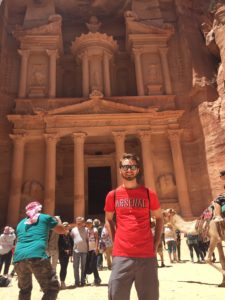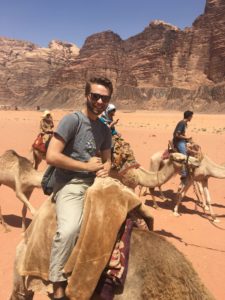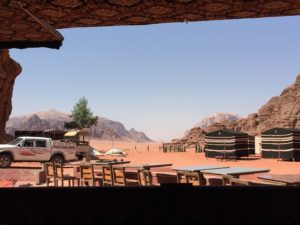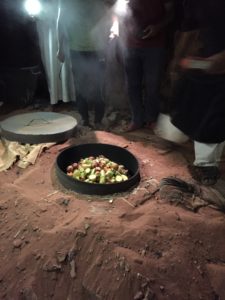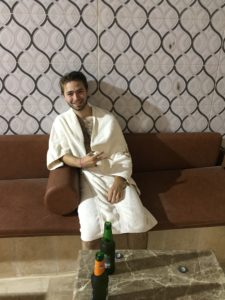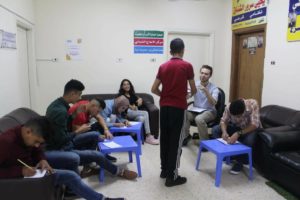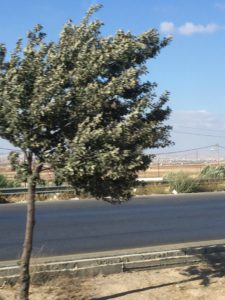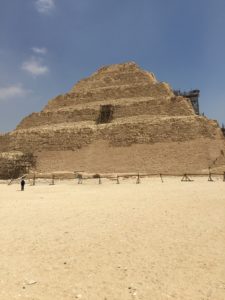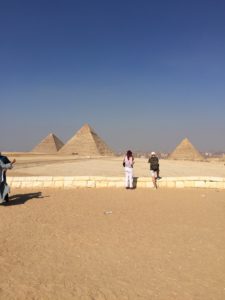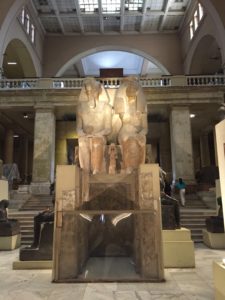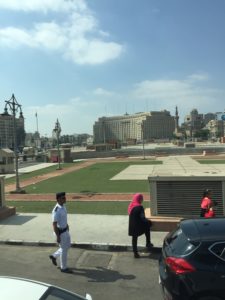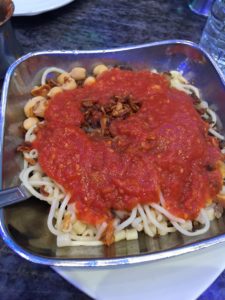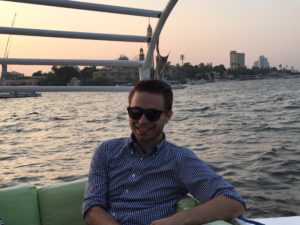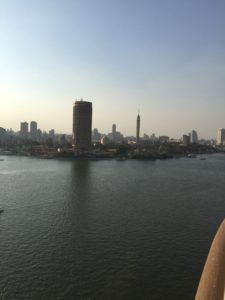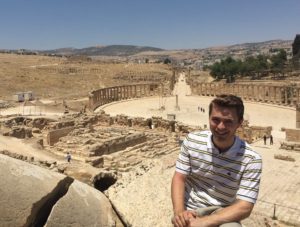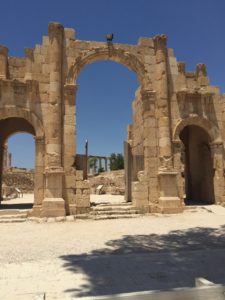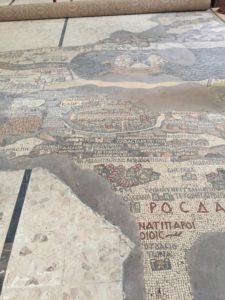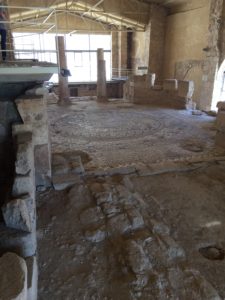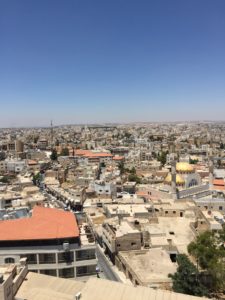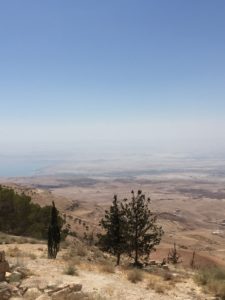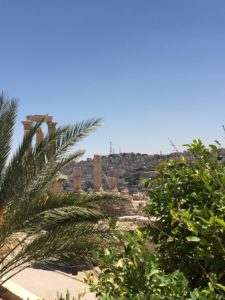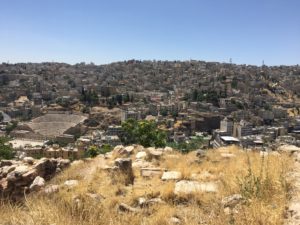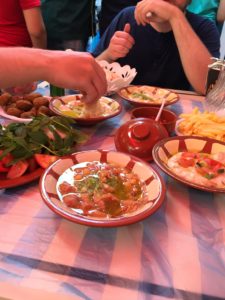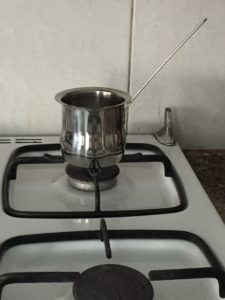Nine weeks later, I am sitting comfortably in the Duncan Student Center ready to reflect on my incredible summer in Jordan. I am still getting used to things in America: no bidets in the bathrooms, I can drink tap water, humidity is a thing, wearing shorts to a place that’s not the gym is a thing. But more importantly, engaging with people over differences will be much more difficult in the United States. In Jordan, any person will willingly discuss their culture with you – usually over a complementary Arab coffee. Because of that, it was incredibly easy for me to truly understand the culture in which I lived over the last two months.
In terms of language acquisition, Arabic is always tricky, as fusha or MSA is not even spoken by everyone. However, I found out two noticeable things about language acquisition for Arabic:
- In regards to amiyya or spoken, the only true way to learn is to speak. Thankfully, almost any Jordanian (even the ones who speak English) will prefer to speak in amiyya. Therefore, unless you really cannot express yourself in Arabic, you always can get the necessary speaking practice.
- Fusha is really the language of reading and writing. The best thing to do is pick up a newspaper and read articles. Without reading fusha (specically with the help of Google translate/a dictionary) you can never truly practice the language.
Over nine weeks, I saw tremendous growth of my language skills. I (incredibly) met all my goals. In class, I encountered things like Al Jazeera pieces and short compositions to read, really challenging my skillset. In regards to speaking, I started almost unable to speak to anyone. By the end of my stay, I had successfully had conversations about America, about traffic, about embassies in Amman, and even more. I never could have imagined acquiring the language skills I did, but spending a summer in an Arab country truly can enable anyone to build a skillset.
But beyond language, I think the greatest takeaway I received was about tolerance. In Jordan, despite millions of refugees and immigrants and immense diversity, you do not hear of things like xenophobic violence. Many ethnicities live side by side, contributing to society. In the United States we hear many people claim to be tolerant, but if you really want to see tolerance, I would recommend observing Jordanian society. Sure Jordan has its issues, but building a peaceful society starts with tolerance – something Jordan truly understands.
In terms of the experience the only regret I have was not making as many Jordanian friends as I would have hoped. This could easily have been avoided if I had in Jordan during any other time of the year; most activities and groups through which I could meet and become friends with Jordanians did not run during the summer. That said, I never has at a lack of people to talk to, and even people like dive instructors or bakers or jewelers could become friends with whom you could talk.
I am incredibly excited to come back and utilize my language skills. Hopefully, I can get involved on campus with Arabic speaking groups. I found my experience volunteering teaching English to be very rewarding and a great way to practice Arabic, and I would definitely look to see if I could find this opportunity in South Bend. Additionally, I will be spending a whole semester in Jerusalem under a different golden dome (aka the Dome of the Rock). I really hope to interact with the Palestinian communities of Jerusalem and the surrounding area (i.e. Bethlehem) which will enable me to keep expanding my Arabic while being able to learn more regarding both sides and their stances on one of the most decisive conflicts in the world.
In conclusion, the SLA experience was one I could have only dreamed of. My growth as an Arabic student, a world citizen, and an adult has been remarkable. As I kick off this new year at Notre Dame, I cannot wait to share my new viewpoints and help fight some of the stereotypes. The Arab is far more than just a series of politically conflicted countries; it is a hub of culture and home to some of the most amazing people one could find.
